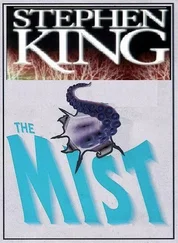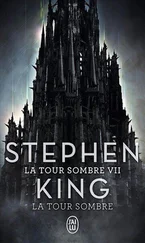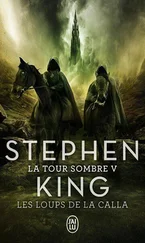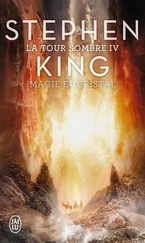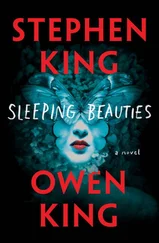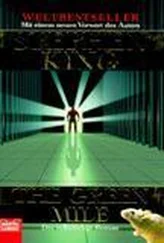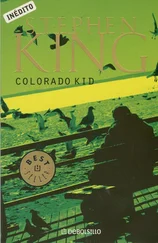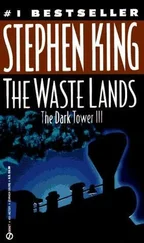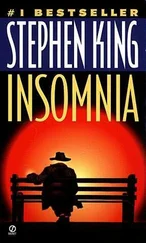Here’s how it shakes out.
First there’s the shooting. Few of the trigger-pullers are middle-aged, and practically none are old. Some are young men; many are just boys. The Jonesboro, Arkansas, school shooters were 13 and 11.
Second, the initial TV news reports, accompanied by flourishes of music and dramatic BREAKING NEWS logos at the bottom of your screen. No one really knows what the fuck is going on, but it’s exciting. You get your still photo of the location; you get your map from Google or Bing. The cable news producers are busting their asses, trying to get some local news reporter on the phone.
Third comes confirmation that it’s not a false alarm; there are casualties! American blood has been spilled! Planes with reporters and video crews onboard begin rolling down runways in New York and Atlanta, bound for whatever Podunk just got lit up by a psycho with a gun.
Fourth, the first video. It’s always from a cellphone. You know this because it’s short, and everything is all crooked and jittery. Mostly what it shows is people running.
Fifth, the first on-scene news reports, filed by those local reporters who must sub until the A-team arrives. All of them are bullshit with excitement at their unexpected turn on the national stage, although some hide it better than others. One or more will use the phrase “as many as,” followed by a number. This linguistic construction will be used dozens of times in the first hour, as the reporters slowly close in on the shooter’s final tally. It’s like watching a carnival game of chance. As many as six . No, as many as twelve . No, Witnesses who fled the shooter say it’s at least eight .
Sixth, the correct equation: X dead, Y injured.
Seventh, the first cop interview. Cop One says nothing substantive, and doesn’t have to. His job is to look stalwart and use police jargon.
Eighth, the shooter is indentified incorrectly.
Ninth, the first stand-up report from outside the local hospital, preferably with an ambulance in the background. Bonus points for an arriving ambulance with lights and siren.
Tenth, the shooter is identified correctly, and we get to look at a yearbook photo in which the guy looks pretty much like anybody. The search is already under way for a photo where he will look like your worst nightmare.
Eleventh, the first Talking Head interview. Said Head talks about gun violence. He or she may also bring up America’s famous culture of violence, but it’s probably too early. The culture-of-violence thing usually has to wait until the third or fourth Talking Head interview.
Twelfth, interviews with eyewitnesses, most of them weeping and inarticulate (the phrase “popping sounds” will be used). A reporter who makes actual money for asking questions so dumb they are surreal will inquire, “How did you feel?”
Thirteenth, wall-to-wall cable news coverage begins. By now producers will be assembling the best clips, and you will see them more often than Fred Thompson flogging reverse mortgages.
Fourteenth, recaps of previous shootings begin. We will be shown the superstars of America’s unbalanced and disaffected time and time again: Harris, Klebold, Cho, Mohammed, Malvo, Lanza. These are the guys we remember, not the victims. News producers are especially fond of Aurora movie theater shooter James Holmes’s booking photo, ’cos gosh, that motherfucker just looks so crazy . He really is your worst nightmare!
Fifteenth, interviews with people who knew the shooter. They all agree that he was pretty weird, but no one expected him to do something like this .
Sixteenth, what cable news does best now begins, and will continue for the next seventy-two hours: the slow and luxurious licking of tears from the faces of the bereaved. We’re treated to interviews with weeping mothers and fathers; interviews with stunned siblings and classmates; fleets of hearses rolling from church to cemetery; memorials featuring flowers, teddy bears, photographs, and signs saying WE WILL NEVER FORGET YOU. The best part of Number Sixteen is that the cable networks are now free to resume commercial messages. As a result, you can go directly from a funeral to info about adult diapers, or products to stiffen your penis, or how if you follow a certain green line across your kitchen floor, you’ll be able to spend your retirement living in Fat City.
Seventeenth, the NRA announces they will have no comment until the details become clear. Also out of sympathy for the victims. Pro-gun legislators neglect to return calls from news organizations.
Eighteenth, politicians decree a national dialogue about gun control. This dialogue centers on automatic and semiautomatic weapons, plus high-capacity clips and magazines for same. (The gun Adam Lanza used at Sandy Hook to murder almost two dozen little kids was a Bushmaster AR-15. He also carried a Glock .10, a pistol so big it’s issued to rangers in Greenland, should they encounter polar bears.)
Nineteenth, the NRA drops the other shoe (only it’s more like a combat boot), proclaiming itself dead-set against any changes in existing gun laws. In their official statement, they blame the shooters and America’s culture of violence. They also single out the failure of mental health professionals to ID potentially dangerous persons, even though most US senators and representatives with A ratings from the NRA don’t want to see a single dime of federal aid spent on beefing up such services. (Gosh, they’ve got that pesky deficit to think about.) The NRA doesn’t come right out and say the victims are also to blame for thinking they could live in America without a gun on their person or in their purse, but the implication is hard to miss.
Twentieth, there’s a killer tornado in Louisiana, or an outbreak of hostilities in the Mideast, or a celebrity dead of a drug overdose. Out comes the dramatic music and the BREAKING NEWS chyrons. The shooting is relegated to second place. Pretty soon it’s in third place. Then it’s a squib behind that day’s funny YouTube video.
Twenty-first, any bills to change existing gun laws, including those that make it possible for almost anyone in America to purchase a high-capacity assault weapon, quietly disappear into the legislative swamp.
Twenty-second, it happens again and the whole thing starts over.
That’s how it shakes out.
During my junior and senior years in high school, I wrote my first novel, then titled Getting It On . I suppose if it had been written today, and some high school English teacher had seen it, he would have rushed the manuscript to the guidance counselor and I would have found myself in therapy posthaste. But 1965 was a different world, one where you didn’t have to take off your shoes before boarding a plane and there were no metal detectors at the entrances to high schools. Also a world where America hadn’t been constantly at war for a dozen years.
Getting It On concerned a troubled boy named Charlie Decker with a domineering father, a load of adolescent angst, and a fixation on Ted Jones, the school’s most popular boy. Charlie takes a gun to school, kills his algebra teacher, and holds his class hostage. During the siege that follows, a kind of psychological inversion takes hold, and gradually the class begins to see Ted rather than Charlie as the villain. When Ted tries to escape, his supposedly well-adjusted classmates beat the shit out of him. Charlie caps his final day of public education by trying to commit what is sometimes called “blue suicide.”
Ten years later, after the first half-dozen of my books had become bestsellers, I revisited Getting It On , rewrote it, and submitted it to my paperback publisher under the pseudonym of Richard Bachman. It was published as Rage , sold a few thousand copies, and disappeared from view. Or so I thought.
Читать дальше

